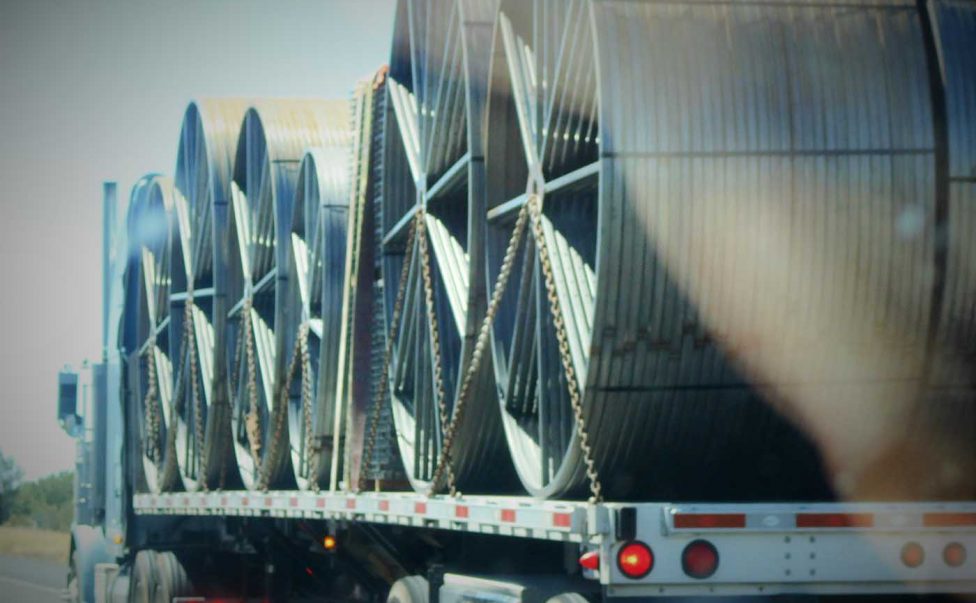How To Use Loading Ramps
Loading heavy equipment onto a trailer via aluminium loading ramps can be excruciatingly dangerous if approached carelessly. Not only can you cause serious injury for yourself, but you can also cause a great deal of damage to your equipment which of course, can be costly. So, if you’d like to remain in one piece and not have to replace any of your expensive gear, then you’ll need to be mindful of how you approach the use of your aluminium loading ramps.
In this article, we’re going to take you through everything you need to know to successfully use aluminium loading ramps. There isn’t all that much to it, provided you follow the steps carefully. However, one wrong move and it can be catastrophic for you.

1 – Clear the Area
It might sound silly, but you should ensure that you have a clean, clear, and clutter-free area before trying to use your loading ramps. Something as seemingly minor as a small bit of debris in your path could lead to an accident.
2 – Park the Vehicle on a Flat Surface
This might not always be possible depending on your location, but you must try to ensure that your loading vehicle is on a flat surface. A slight gradient shouldn’t cause too many problems but aim to be as level as possible.
3 – Position Your Desired Loading Equipment Behind the Vehicle (Leaving Room for the Ramps)
Move around to the back of the vehicle where the loading process is going to take place. Leave plenty of clearance to attach your aluminium loading ramp.
4 – Get Your Aluminium Loading Ramps Out and Give Them a Clean
Clean and dry your loading ramps off. This is particularly important if they have any oil on them for example. You want to have as much grip as possible so that you can maintain complete control.
5 – Place Ramp on Edge of Loading Vehicle
Most loading ramps will have simple tabs that can be used to attach the ramp to the loading vehicle.
- Position the aluminium ramps so that the loading ramp lines up with the tires of whatever you are loading.
- If you are loading something other than an ATV, for example, a lawnmower, the principle remains the same. Simply ensure that you have the right spacing between the ramps.
6 – Secure the Ramp
Most ramps will have a basic hoop and loop strap which should remain attached to the aluminium ramp at all times. Then hook and loop this to the loading vehicle or trailer. Some ramps will have a centre rail instead of a rung, attach accordingly.
7 – Ensure That the Ramp Doesn’t Move
Find the fight balance between the aluminium ramp and the loading vehicle. The straps should be completely secure and unable to move or wobble. If the ramp still wobbles, then the straps aren’t tight enough.
8 – Load the Equipment onto the Vehicle
Next, you’ll be ready to load onto the vehicle.
- Approach the loading ramps ensuring that you are completely lined up.
- Move onto the ramps and drive up slowly (avoid stopping on the ramp if possible).
- Once you have successfully loaded your equipment onto the vehicle or trailer, ensure that it is entirely secure.
9 – Safely Remove the Ramps
Once complete, safely remove the ramps and put store them appropriately for the return trip.
10 – Do You Need New Aluminium Loading Ramps?
Make sure that your aluminium loading ramps are in good condition. If they are old or damaged, then it is worth investing in a new ramp. Find a reputable company like SureWeld for the finest quality ramps at the most competitive prices.


